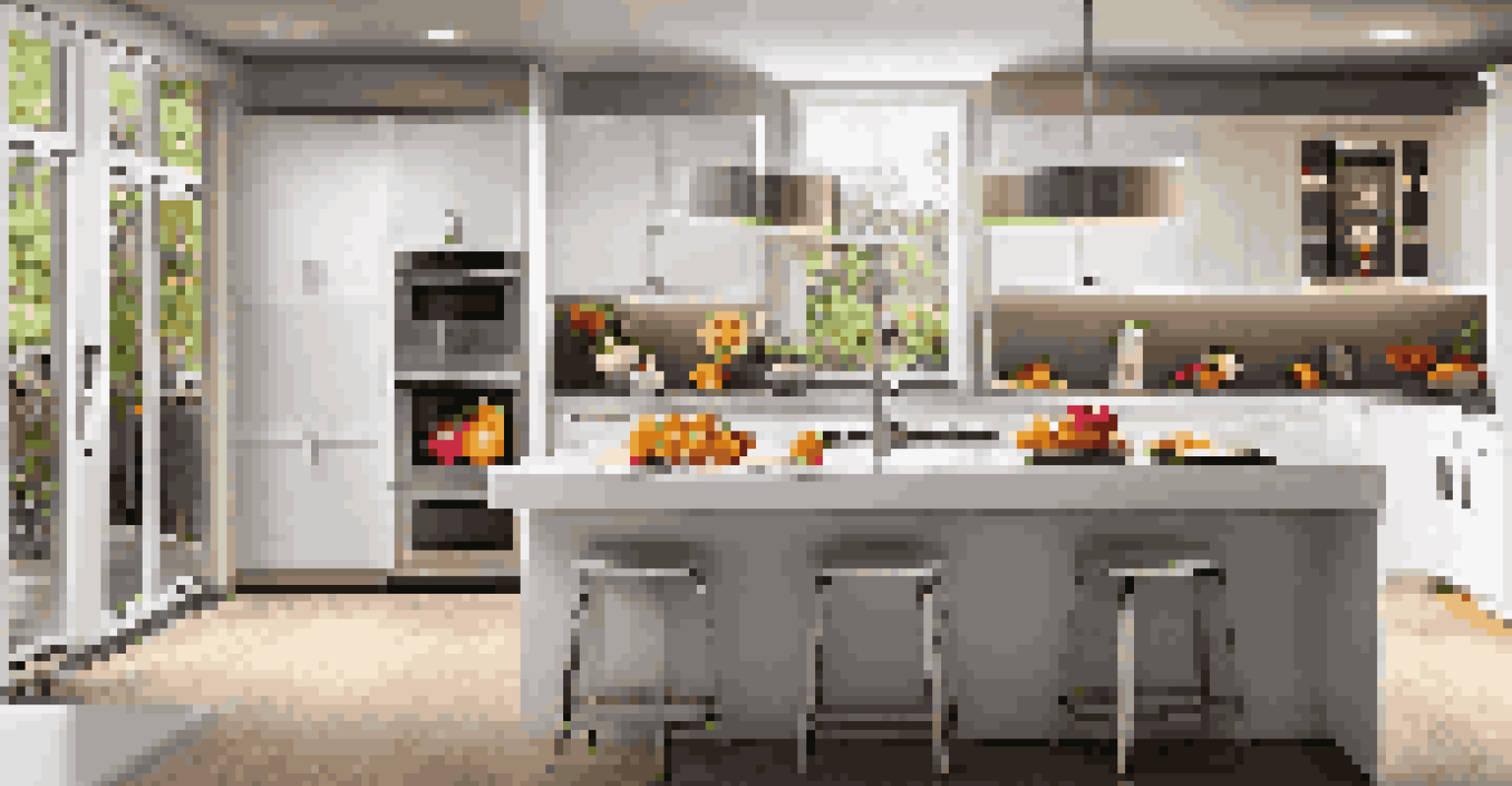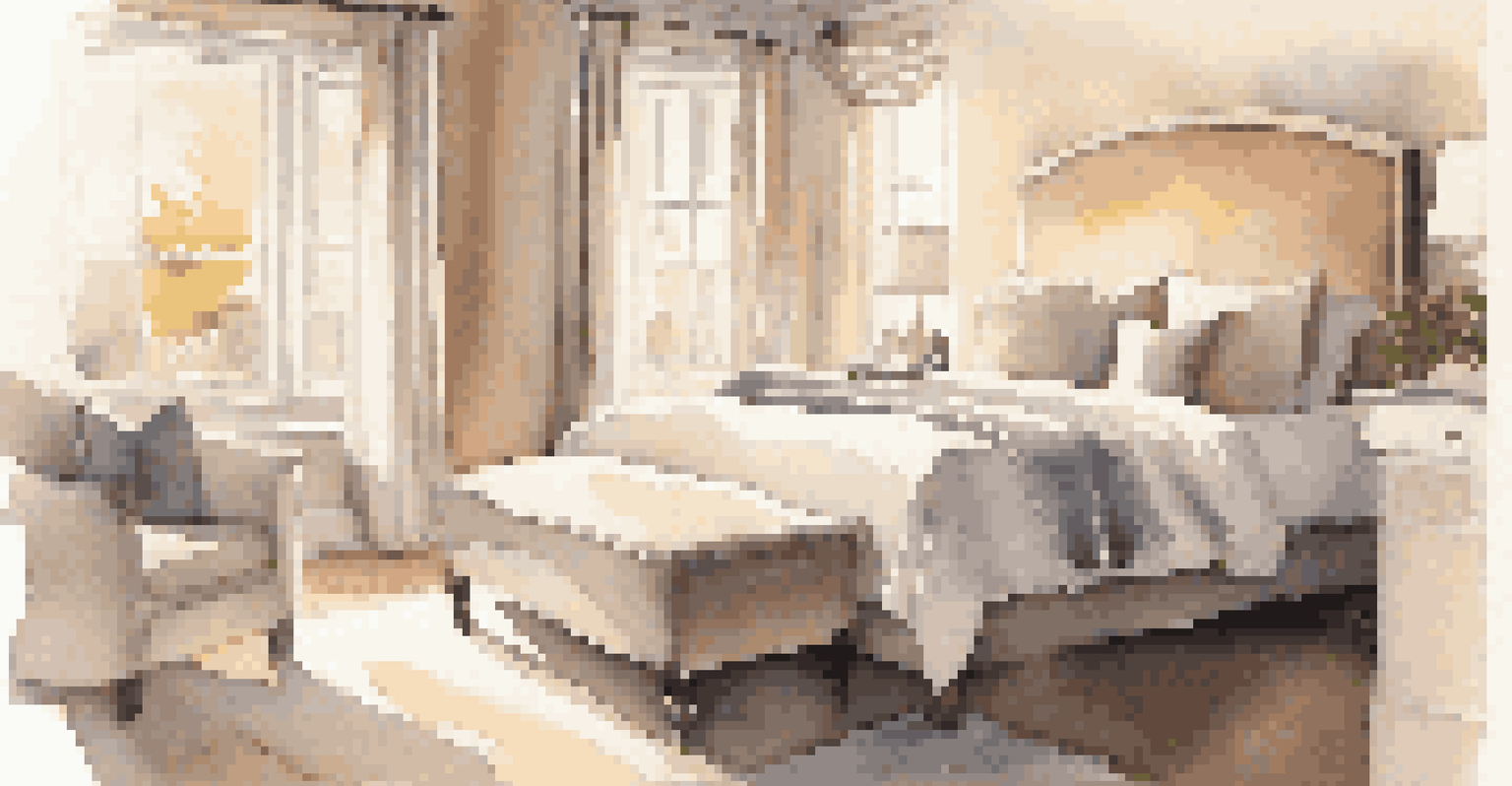Avoiding Mistakes When Selecting Lighting for Renovations

Understand the Purpose of Each Room's Lighting
Before diving into light fixtures, consider what each room's function is. For example, kitchens need bright, focused lighting for food preparation, while bedrooms benefit from softer, ambient lighting that promotes relaxation.
Lighting is like the paint on the canvas of your home. It creates a mood, a feeling, and can transform a space from ordinary to extraordinary.
By identifying the purpose of each space, you can choose lighting that enhances its usability and mood. Think about how you plan to use the room throughout the day, as this will guide your choices effectively.
Failing to consider the purpose can lead to poor lighting decisions that impact the comfort and functionality of your home. So, always start by asking yourself what you need from each space.
Choose the Right Type of Lighting Fixtures
Lighting fixtures come in various types—ambient, task, and accent lighting. Ambient lighting provides overall illumination, task lighting focuses on specific areas, and accent lighting highlights features like artwork.

Selecting the right combination of these lighting types can create a harmonious atmosphere. For instance, a living room might benefit from ambient light for comfort, supplemented by task lighting for reading and accent lights to showcase decor.
Understand Room Lighting Needs
Identifying the purpose of each room helps you select the right lighting that enhances usability and mood.
Mixing these types effectively can elevate a room's aesthetic and functionality. Just remember, the goal is to create layers of light that work together seamlessly.
Consider the Scale and Size of Your Space
The size of your room plays a crucial role in determining the scale of your lighting fixtures. A grand chandelier might look stunning in a large dining area but could overwhelm a small breakfast nook.
Good lighting can transform a space, highlighting its best features while making it feel warm and inviting.
It's essential to balance the size of the fixtures with the dimensions of the room. A good rule of thumb is to choose fixtures that are proportional, enhancing space rather than cluttering it.
When in doubt, use online calculators or consult with a lighting professional to find the right dimensions. This consideration can dramatically influence the overall vibe of your renovation.
Pay Attention to Color Temperatures
Color temperature refers to the warmth or coolness of light, measured in Kelvins (K). Warmer lights (2700K-3000K) create a cozy atmosphere, while cooler lights (4000K-5000K) are more energizing and are often used in workspaces.
Choosing the right color temperature can set the mood of your home. For example, a warm light is ideal for a living room, while a cooler white is better suited for a home office.
Balance Fixture Size and Space
Choosing lighting fixtures proportional to your room's size ensures a harmonious and uncluttered aesthetic.
Mixing color temperatures can lead to disjointed lighting. Stick to a cohesive palette to maintain a consistent feel throughout your renovation.
Don't Overlook Natural Light Sources
Natural light is a powerful element in any renovation. It not only reduces energy costs but also enhances the mood and appearance of your home. Always assess how natural light enters each room before finalizing your lighting plan.
Positioning mirrors and choosing light-colored walls can further amplify this effect. Additionally, consider the direction your windows face, as this will influence how much light each room receives at different times of day.
Incorporating your existing natural light into your lighting design ensures a more balanced and inviting atmosphere. This synergy can make your home feel more open and welcoming.
Plan for Dimmers and Smart Lighting Solutions
Dimmers are a simple yet effective way to control the ambiance of a room. They allow you to adjust the brightness according to the time of day or the mood you wish to create, making them invaluable in a renovation.
Smart lighting solutions take this a step further, offering features like remote control and scheduling. This technology lets you customize your lighting experience easily, adapting it to your lifestyle.
Incorporate Natural Light Wisely
Leveraging natural light can enhance your home's atmosphere and reduce energy costs during renovations.
By integrating dimmers and smart lighting into your renovation, you're investing in flexibility and convenience. These options can significantly enhance your home's functionality while adding a modern touch.
Consult with a Lighting Professional
If you're feeling overwhelmed by lighting choices, don't hesitate to consult with a lighting professional. They can provide insights into the latest trends, technologies, and design principles that suit your renovation.
A professional can also help you visualize how different fixtures will look in your space, ensuring that your selections align with your overall design vision. This guidance can save you time and money in the long run.

Ultimately, collaborating with an expert can elevate your renovation project, making your home not just beautiful but also functional and welcoming. It's an investment that often pays off in both aesthetics and comfort.